The term "Nazarene" was adopted by a group of early 19th-century German Romantic painters who sought to revive spirituality in art. The pejorative term originated with them because of their affectation of clothing and hairstyles inspired by the Bible. In 1809, six students from the Vienna Academy founded an artistic cooperative in Vienna called the Brotherhood of Saint Luke (Lukasbund), reviving a common name among medieval painters' guilds. In 1810, four of them—Johann Friedrich Overbeck, Franz Pforr, Ludwig Vogel, and Johann Konrad Hottinger (1788–1827)—moved to Rome, where they occupied the abandoned monastery of San Isidoro. They were joined by Philipp Veit, Peter von Cornelius, Julius Schnorr von Carolsfeld, Friedrich Wilhelm Schadow, and an informal group of other German-speaking artists. They met the Austrian Romantic landscape painter Joseph Anton Koch (1768–1839), who became their unofficial mentor. In 1827, Joseph von Führich (1800–1876) joined them. The Nazarenes' main motivation was a reaction against Neoclassicism and the routine art teaching of the academies. They aspired to a return to art imbued with spiritual values and drew their inspiration from the artists of the late Middle Ages and early Renaissance, rejecting what they considered the superficial virtuosity of later art.
Inscription: dated in the four corners: 1824; Above the crossbar of the number 4, in the lower left corner, is an illegible signature engraved in oil. On the Virgin's neck is inscribed in Latin: Maria cra fra nobis (in English: Mary, come to us).
Technique: oil on
wood, period gilt frame. Dimensions: without frame: width 39.2 cm x height 48 cm; with frame: 57 cm x height 66 cm.
Condition: good condition.






























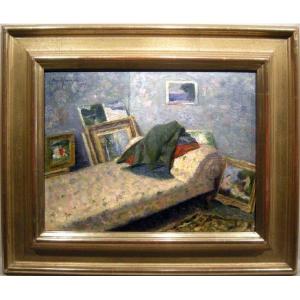

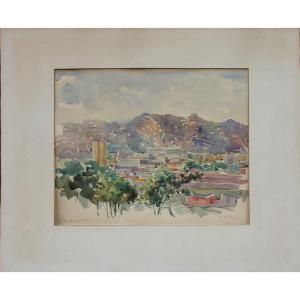







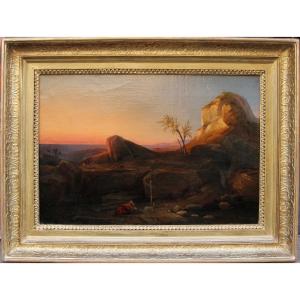
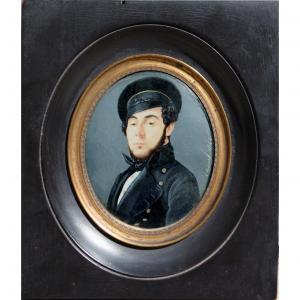

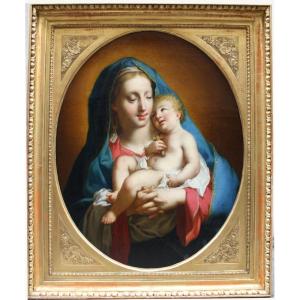
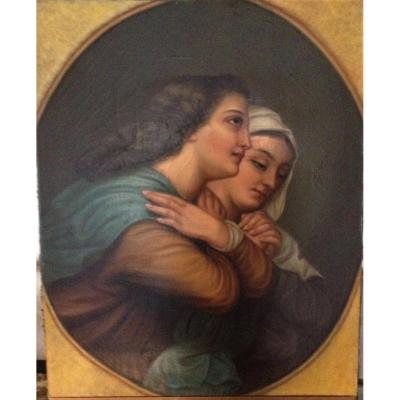





 Le Magazine de PROANTIC
Le Magazine de PROANTIC TRÉSORS Magazine
TRÉSORS Magazine Rivista Artiquariato
Rivista Artiquariato